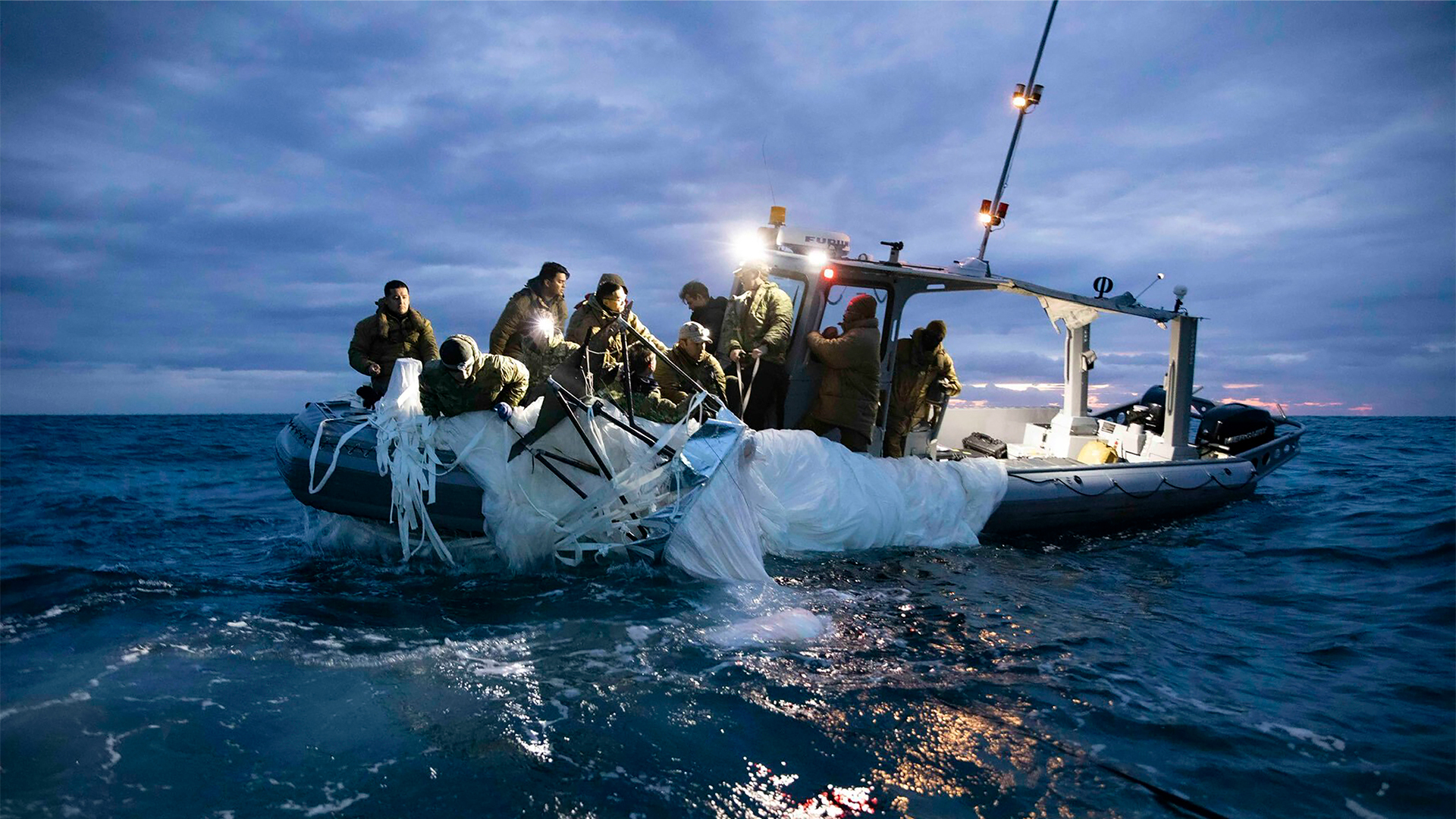As if there was nothing missing from the tension between the United States and China except for a balloon. At the beginning of this February, two American fighters shot down a Chinese balloon over the coast of North Carolina, and the balloon was flying from Alaska to America and then Canada, crossing large areas of American soil.
On a balloon trip that lasted for several days, the news dominated the American media, which devoted large areas to the statements of politicians and military personnel, and the word espionage was the most frequently reported on everyone’s tongues.
Despite China's repeated denials and its assertion that the airship was for climate monitoring purposes and its denunciation of the use of force against a civilian-use balloon that had lost its track, Washington insisted that the Chinese airship was on a mission to spy on its bases in the Pacific Ocean.
According to the American accusation, the balloon is nothing but a Chinese eye for espionage, and in the midst of the Chinese balloon controversy, the "Al-Marsad" program (20/2/2023) continued the media's immersion in stories about strange objects swimming in the skies of America and in the space of its northern neighbor, Canada.
Throughout history, airships have been used for various military purposes, the first of which was in the United States itself during the Civil War between 1861 and 1865.
Hydrogen-filled balloons were used in World War I, and had an important role in directing artillery fire, dropping bombs, and determining the movements of hostile forces, thus resolving the global war.
During World War II, Japan sent 9,000 balloons loaded with bombs to the United States, which played a prominent role at the time against submarines in Europe because of their ability to slowly hover near them.
In the current century, balloons played a prominent role in the wars in Afghanistan and Iraq, and were used by the Israeli occupation forces during the invasion of the West Bank and during the second Palestinian intifada.
In the case of the Chinese balloon, the American media rushed to host citizens from the areas where the balloon appeared and expressed their astonishment at what they saw aloft.
As for the Chinese channels, they preferred to focus on their various internal affairs, but the Chinese Ministry of Foreign Affairs announced that the balloon was intended for tracking weather conditions, and that it had derailed due to the western winds and the limited ability to control it, and it also expressed its regret that it had entered US airspace by mistake.
However, this Chinese story did not convince its plot, the head of American diplomacy, Anthony Blinken, who announced from South Korea the postponement of his scheduled visit to China, considering that entering the airship constitutes a violation of American sovereignty and international law.

